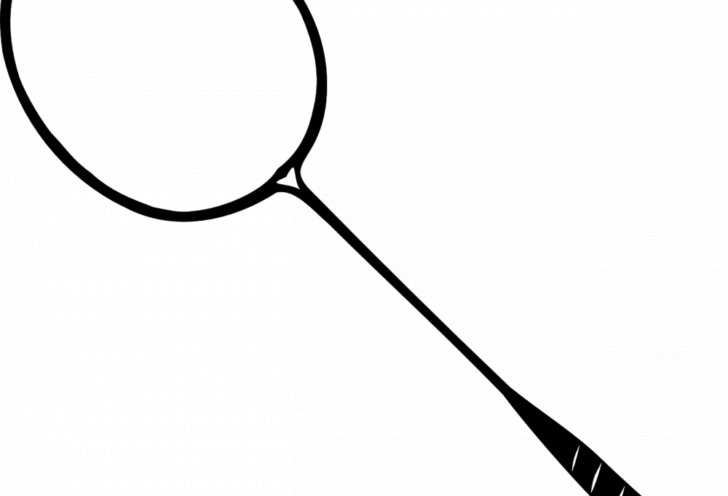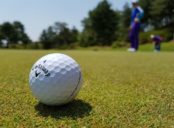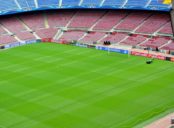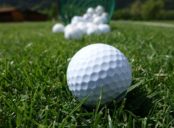Padel Bollar: En översikt över de populära bollarna i padelsporten

Introduction:
Padel, a sport that originated in Mexico and gained popularity worldwide, has specific equipment requirements, including the type of balls used. In this comprehensive article, we will delve into the world of padel balls, exploring their types, popularity, quantitative measurements, differences, and historical pros and cons. By the end, you’ll have a deeper understanding of padel balls and how they impact the game.
En grundlig översikt över padelbollar

Padel balls, specifically designed for the padel sport, differ from traditional tennis balls. These balls are made of rubber with varying densities to ensure optimal performance on the padel court. The standard size of a padel ball is smaller than a tennis ball, facilitating gameplay on the enclosed courts. The material composition and size contribute to the unique characteristics of padel balls, making them suitable for the fast-paced nature of the game.
En omfattande presentation av padel bollar
1. Typer av padel bollar
– Pressurized balls: These are the most common type of padel balls, filled with air and pressurized to maintain their bounce and responsiveness during gameplay. They provide consistent performance throughout the match.
– Non-pressurized balls: These balls do not contain air pressure, making them ideal for players who prefer less bounce and more control. Non-pressurized balls are often used in training sessions or by professional players seeking enhanced precision.
2. Popularitet och varumärken
– Wilson: Wilson is a well-known brand that produces high-quality padel balls favored by both amateurs and professionals. Their balls offer durability and consistent performance.
– Dunlop: Dunlop is another popular brand that manufactures padel balls designed to withstand intense gameplay. Their balls are known for their durability and excellent bounce.
Kvantitativa mätningar om padel bollar
1. Bounce height: Padel balls should have a consistent bounce height, which is measured within a specific range. The International Padel Federation (FIP) sets guidelines for bounce height, ensuring fairness and uniformity in the game.
2. Durability: Padel balls should be able to withstand the fast-paced, intense gameplay without losing their performance characteristics. Manufacturers often conduct tests to determine the durability of their balls, taking into account factors like ball compression and cover wear.
En diskussion om hur olika padel bollar skiljer sig från varandra
1. Bounce characteristics: Different padel balls have varying bounce characteristics, influenced by their materials and pressurization. Some balls offer a higher bounce, providing more speed and power, while others have a lower bounce, favoring control and precision.
2. Surface adaptation: Padel balls differ in how well they adapt to different court surfaces. Certain balls perform better on artificial grass, while others excel on clay or concrete courts. It’s essential to consider the specific court surface when selecting padel balls.
En historisk genomgång av för- och nackdelar med olika padel bollar
1. Historisk utveckling: Over the years, padel balls have undergone significant advancements in terms of their materials and construction. This evolution has led to improved performance, durability, and consistency.
2. Fördelar och nackdelar: The use of pressurized balls offers enhanced power, speed, and bounce, but they require regular replacement due to air pressure loss. Non-pressurized balls provide more control and longer lifespan but may have slightly reduced bounce. The choice between these types ultimately depends on individual player preferences.
Conclusion:
Padel balls play a crucial role in the game, impacting the speed, control, and overall experience of the players. Understanding the different types, their quantitative measurements, and historical pros and cons helps players make informed decisions when selecting the most suitable ball for their gameplay style. Whether you prefer pressurized for power or non-pressurized for control, choosing the right padel ball can enhance your performance on the court and make the game even more enjoyable.





















